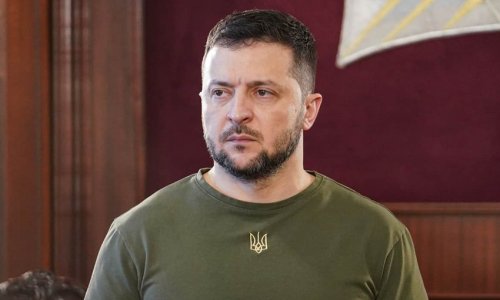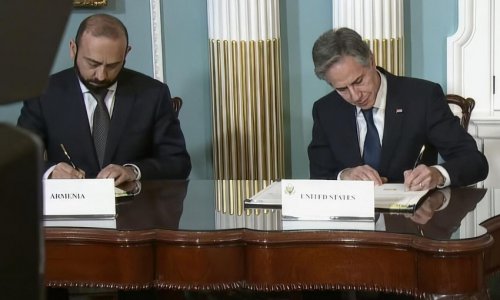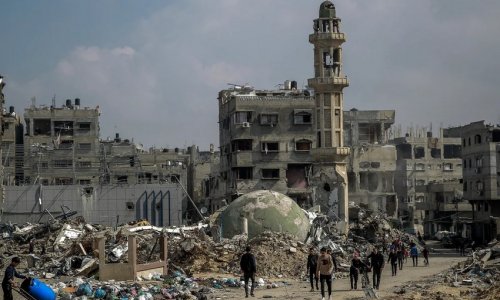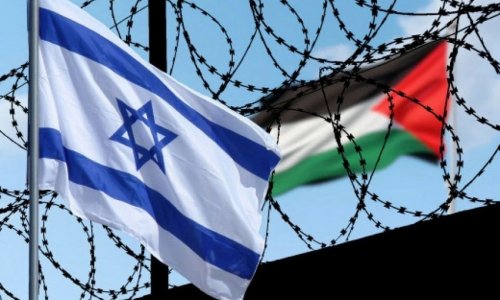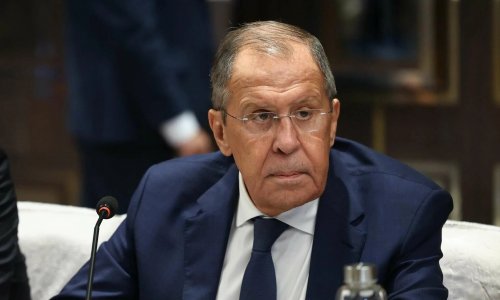Fears of a potent Syrian air defense system drove the U.S. Air Force to send its silver bullet force of F-22 Raptor stealth fighters into battle for the first time ever. The Pentagon confirmed on Sept. 23 that the $150 million jets had struck an ISIS command and control facility in Raqqah, Syria with a satellite-guided bomb. That was right after an initial wave of U.S. Navy Tomahawk cruise missiles hit their targets around Aleppo and Raqqah.But the Raptors’ first mission wasn’t cheap. Together, the missiles and airstrikes cost at least $79 million to pull off, according to a Daily Beast tally.That's more expensive than India's mission to Mars, which was successfully completed Wednesday at a cost of just $74 million.The U.S. government told the Bashar al-Assad regime about the incoming attacks shortly before they happened. But the Pentagon did not trust the Syrian military to leave American warplanes alone as they struck ISIS and another Al Qaida-affiliated terrorist group called Khorasan. That’s why the Air Force needed assets like the blisteringly fast, high-flying Raptor which could operate inside heavily defended airspace with relative impunity.“It’s important to remember that these strikes against ISIS and others in Syria are occurring without any previous degradation of the IADS [integrated air defense system] there,” said one Air Force official familiar with stealth combat aircraft operations.One of the Pentagon’s goals is to minimize the risk to American forces during this air campaign. “You stack that against the clear message to the public in his speech, the President wanted to mitigate risk as much as possible,” the official said. “The use of the F-22 over Syria presently is easily feasible and extremely logical.”Prior to the Syrian civil war, the country had a substantial air defense network—mostly consisting of older Soviet-built systems. However, Syria is known to have acquired some modern Russian surface-to-air missiles systems such as the now-infamous Buk system—also known as the SA-11 Gadfly—and the Tunguska short-range missile defense system also called the SA-19 Grison. But how much of Syria’s air defense network is functional is an open question.Moreover, unlike in 2011 during the Operation Odyssey Dawn air campaign against Muammar Gaddafi’s Libyan dictatorship, the Raptors were already in the area. While the Pentagon will not officially confirm that the F-22s were operating out of the Al Dhafra air base in the United Arab Emirates, it is known that the Raptors often deploy to that installation for what Air Force calls “theatre security packages”—or TSPs.The last known F-22 unit to rotate into Al Dhafra was the 27th Fighter Squadron, which is assigned to the 1st Fighter Wing at Joint Base Langley-Eustis in Virginia. “The F-22s are already in theater for a TSP, so the draw on resources is not as large to provide strike support refueling to them because they’re already there,” said the Air Force official.Experts and many Air Force officers expect that the Raptor will fly additional combat sorties in the coming days. “More F-22 missions are a real possibility. Even in this open-ended campaign, getting the mission done with precision and least possible risk is paramount,” said IRIS Independent Research president Rebecca Grant, which has close ties to the Air Force. “F-22s really do have unique abilities to evade defenses, strike with precision and sniff up information about Syrian defenses. So why wouldn’t it be used?”Grant said she does not expect any political blow-ups over the Raptor, which was terminated in 2009 by then Defense Secretary Robert Gates—who believed the jet to be a costly and useless relic of the Cold War. Instead of the 750-strong fleet originally envisioned, the Air Force received only 187 Raptors in a move that was viewed by many in Washington as purely political. “This is about doing the job right and the F-22 was simply part of that,” Grant said.But the F-22 is extremely expensive to operate and difficult to maintain. In 2013 the Raptor cost the Air Force about $68,000 per hour to operate once maintenance and other factors are added in, according to documents provided by the Center for Defense Information.The Raptors were only one of the line items for Monday night’s raids. The Daily Beast has tallied up a rough estimate of the cost of the initial air trikes in Syria. According to the Pentagon, the Navy fired 47 Tomahawk missiles, each of which cost about $1.6 million, for a total of $75.2 million. Assuming a mission duration of about six hours, and a strike package consisting of four F-22s, four F-15Es, four F-16s, two B-1 bombers and four MQ-9 Reapers—which would be consistent with Air Force doctrine—the total cost of Air Force portion of the bill would be about $3.9 million. Combined with the cost of the cruise missiles, the Syria raid cost the American taxpayer roughly $79 million, based on the Center for Defense Information data.Because of the F-22’s astronomical price tag, critics often assail the jet for not participating in many recent wars. But one of the big reasons the Raptors have not been used in combat until now is that they were not needed. There was no high tech foe in Iraq or Afghanistan, and over Libya, the Raptor was not the right jet for the task. “The initial OOD [Operation Odyssey Dawn] strikes required surprise, and repositioning F-22s to Italy would have obviously spoiled surprise,” an Air Force official explained. “After the first night of OOD in 2011, stealth wasn’t required, the IADS [integrated air defense system] was completely destroyed and the Libya Air Force completely destroyed within a matter of few short hours.”Once the Air Force completed those chores, there was no reason to use the tiny and expensive fleet of Raptors. “After the early hours of OOD the airpower needs switched to armed Strike Coordination and Reconnaissance (SCAR) missions, which even the newest increment F-22s are not well suited for despite their good ground attack capability,” the official said.Conventional strike and ground attack planes like the F-15E Strike Eagle, F-16 Fighting Falcon, the A-10 Warthog or even massive, lumbering AC-130 Specter gunships are better suited for that mission. “Deploying F-22s would mean dedicating literally—not figuratively—extremely scarce resources to moving a platform into the area that lacked the equivalent firepower and tactical experience in SCAR that F-15Es and F-16s have already in theater,” the official said.It wasn’t the number of fighters that was the problem; rather the Air Force did not have enough cargo planes and aerial tankers to keep the fighters gassed up. “Air refueling and airlift assets were the literal pinch I am describing here,” the official said.During the 2011 campaign, the service was overstretched with three major simultaneous operations over Japan, Libya and Afghanistan. “Each of these alone created a tremendous draw on resources. But in addition to these committed forces there was even further demand for additional airlift and refueling forces to be held in reserve for a Presidential movement mission, and the possibility of a bomber option against Osama bin Laden that was still being considered by [then Defense] Secretary [Leon] Panetta,” the official said. “In such an environment would you dedicate refueling and maintenance airlift that was not available simply to get F-22s into the fight where there was no operational necessity? Of course not.”(thedailybeast.com)Bakudaily.Az
First U.S. Stealth Jet Attack on Syria Cost $79 million
World
13:30 | 25.09.2014
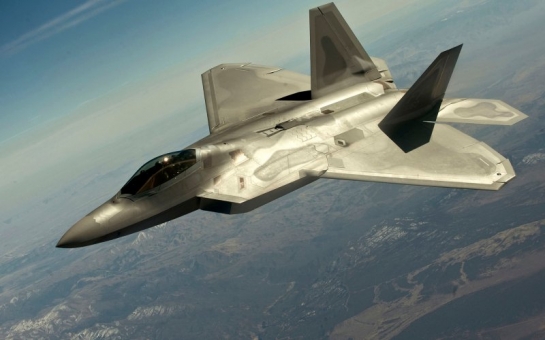
First U.S. Stealth Jet Attack on Syria Cost $79 million
F-22 Raptor stealth fighters were needed in case the Syrians used their sophisticated air defenses. But Raptors don't come cheap.
Follow us !

